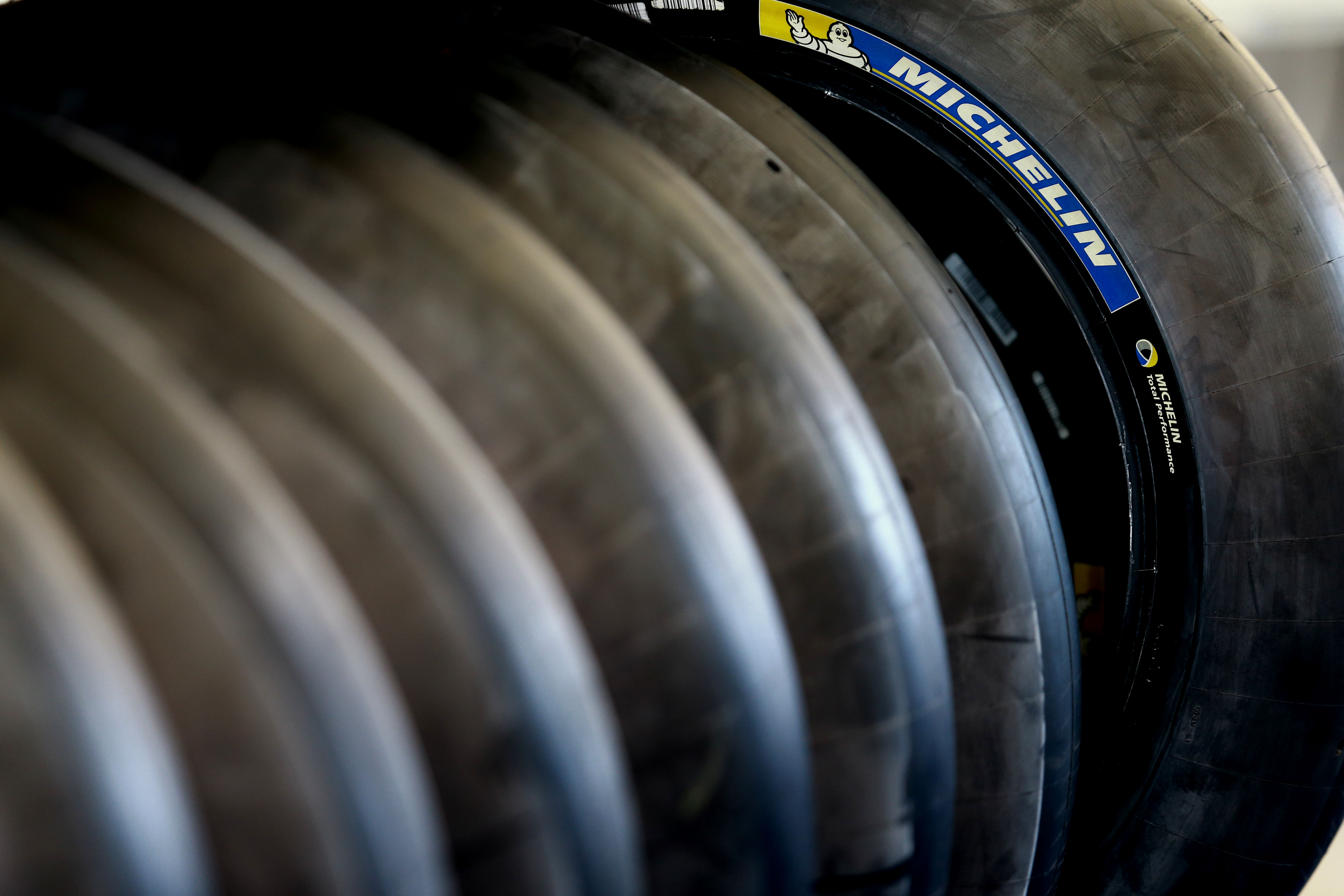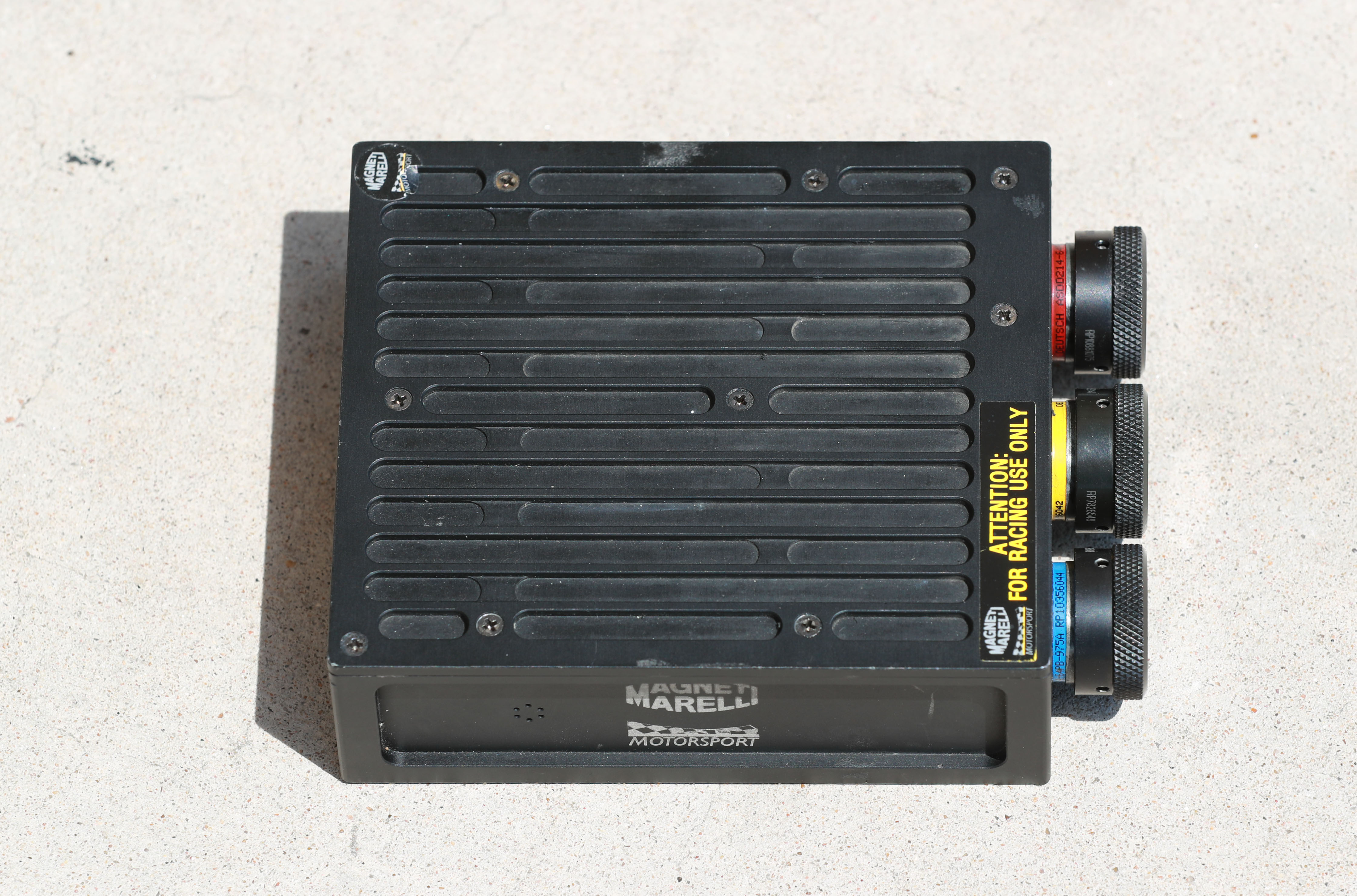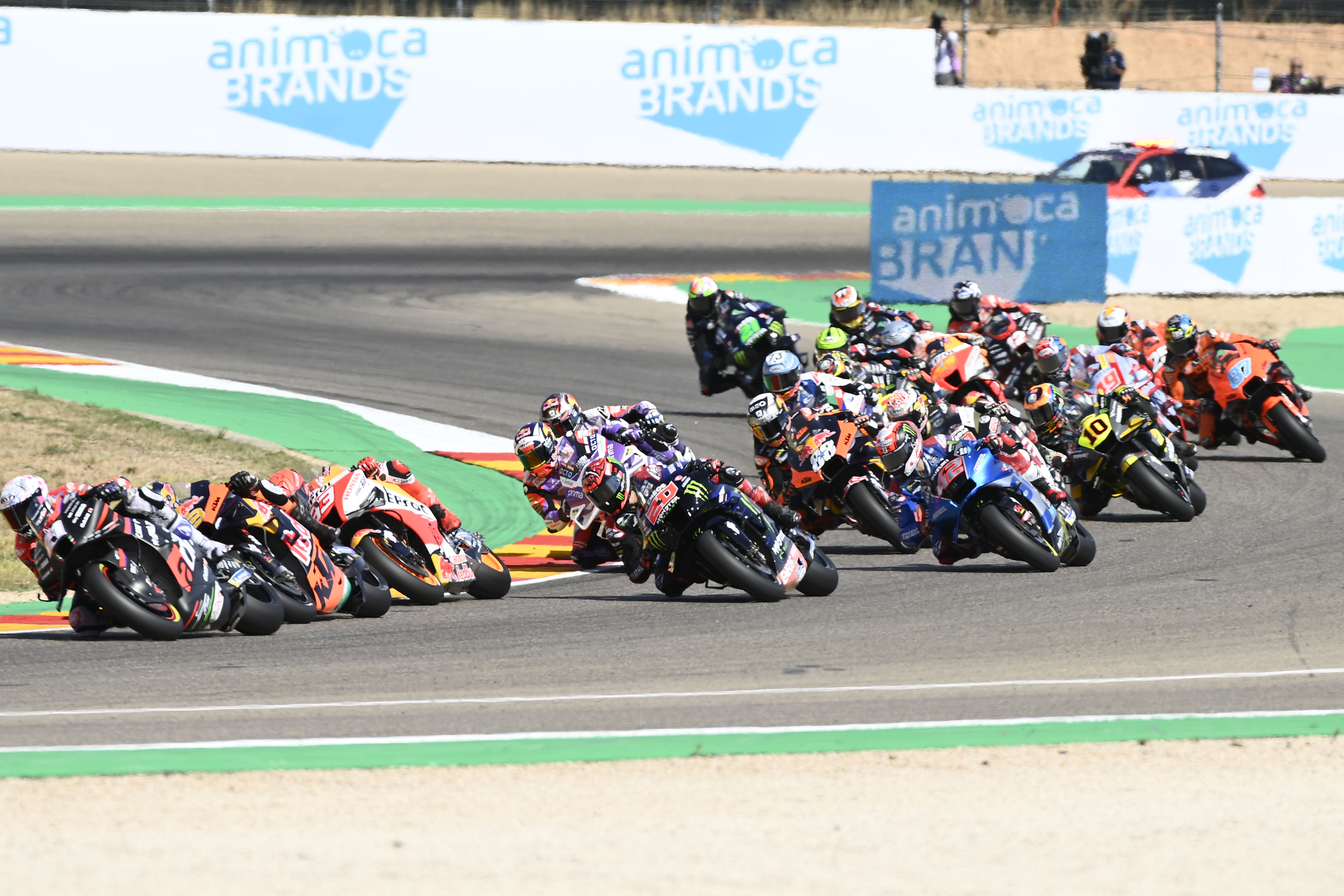With the 2023 MotoGP season set to get underway in earnest on Friday as pre-season testing kicks off at Malaysia’s Sepang circuit, it might seem like only a short time has passed since Pecco Bagnaia clinched the 2022 title at Valencia last November.
And while it may feel like one season is very much flowing into another, that belies the fact that 2023 is set to be the most significant shake-up for the series since the big changes of 2016 that heralded the new era of grand prix motorcycle racing.
The rule changes introduced at the end of 2015 marked a significant departure in how the series operated, helping bring about the most competitive era in its modern history.

Moving from Bridgestone to Michelin was perhaps the headline change, as manufacturers rushed to build bikes suited to a very different type of rubber. Gone was the amazing front tyre feeling from the Japanese firm, replaced by Michelin and its equally excellent rear tyre that nonetheless very much flipped the thinking on how to build a MotoGP machine – and took quite a lot of time for some manufacturers to get a grip with.
Similarly significant was the move away from customised, GPS-controlled, ultra-expensive electronic systems, replaced with a standardised control package supplied by Italian firm Magneti Marelli, a move that cut costs and development times in a key area and ushered in the return of Suzuki and the arrival of KTM to expand the grid to six factories.

There hadn’t been huge changes to the rulebook in the following years – even as the championship was nonetheless morphed by the impact of aerodynamic development and the addition of ride-height controlling devices to the front (banned starting from this year) and rear of the machines.
Similarly, a major difference for 2023 will come not from a specific technical rule change but, in this case, promised better enforcing of the existing laws – yet that also comes with perhaps the biggest alteration ever to the sporting code.
The first part of 2023’s double whammy will be the addition of compulsory tyre pressure monitoring systems, and the consequences that that’s subsequently going to have on the way races pan out.

A hot topic during 2022 as it emerged that many factories were running technically non-compliant tyre pressures well below the minimum stated by Michelin, the lack of an accurate compulsory monitoring system meant that it was a potential technical offence that went unpunished.
Some paddock insiders have speculated that the push to always ensure that riders are within the limits in 2023 could have an impact of as much as a second a lap, as teams are forced to take the safer path at risk of losing laptimes in practice or qualifying and even outright disqualification in races.
Then, of course, there’s the most obvious change: the addition of sprint races at every single round of the season, in the championship’s longest-ever year at 21 events.
Your new #MotoGP weekend format! 👇
Grand Prix weekends will have a fresh new look in 2023 with the Sprint headlining Saturday afternoons! 🙌#SprintingInto2023 pic.twitter.com/vkLLVMQhbR
— MotoGP™🏁 (@MotoGP) February 1, 2023
It’s hard to take a guess at the impact this can have – but we can say with certainty that it means 50% more points, will require very different race strategies and is bound to favour some riders while hindering others.
The end result of both of those changes is perhaps the most unpredictable season in MotoGP history since the switch to four-stroke machines that marked the birth of the current format in 2002. It’s already a hard championship to call favourites in, and the big modifications we’re looking at mean that there’s even more uncertainty than ever – something that should provide superb entertainment for fans!



